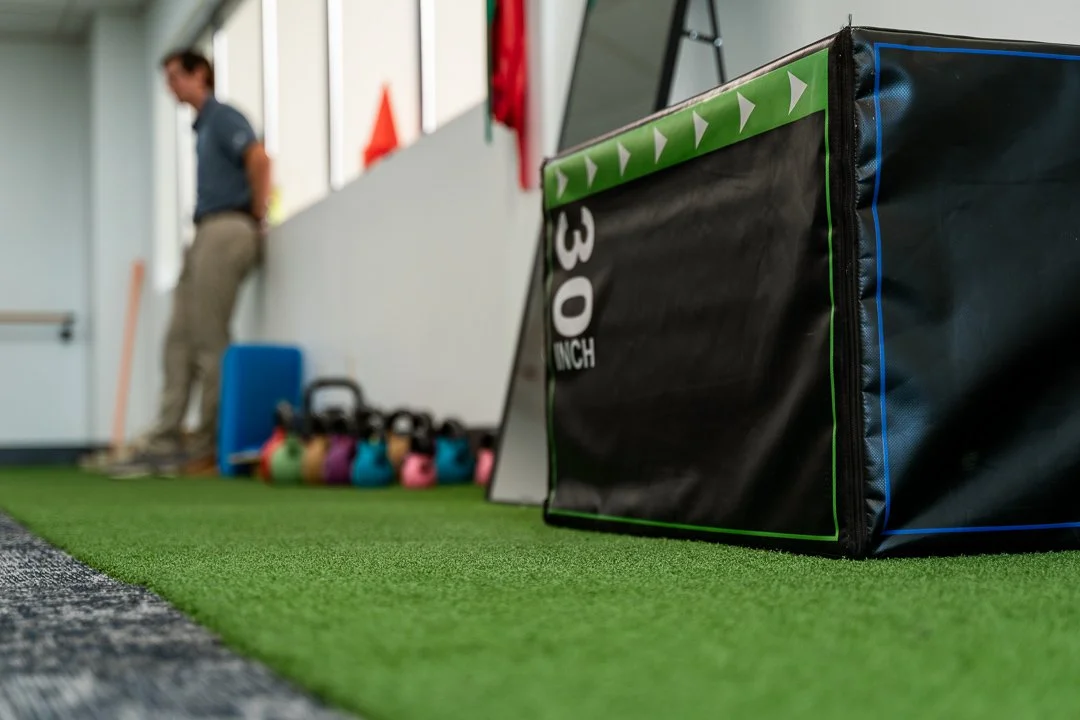
WHAT WE OFFER
Our Services
-

Assessment and Diagnosis
At Bellevue Physical Therapy, we hear your story and take a detailed history. We then create an individualized treatment plan aimed at achieving the functional goals we set together.
-

Therapeutic Exercise
Therapeutic exercises refer to a wide range of physical activities that focus on restoring and maintaining strength, endurance, flexibility, stability, and balance. The goal of therapeutic exercises is to return an injured patient to a fully functioning, pain-free state.
-

Electrical Stimulation
Electrical stimulation therapy is a modality in physical therapy that utilizes a device to deliver electrical impulses to muscles and nerves. The therapy can help to prevent muscle atrophy, reduce pain and swelling, and improve muscle strength. It is used to treat various conditions, including muscle weakness, joint pain, and nerve damage.
-

Joint Mobilization
Joint mobilization is a manual therapy technique used in physical therapy to improve joint mobility and reduce pain. A physical therapist applies precise and gentle forces to the affected joint to increase its range of motion and restore normal movement. Joint mobilization can reduce stiffness and promote tissue healing, leading to better overall function and quality of life.
-

Blood flow restriction therapy
Blood flow restriction therapy involves using a specialized tourniquet to limit blood flow to a limb during exercise, resulting in improved muscle strength, endurance, and recovery time. This low-impact technique is beneficial for those with injuries or unable to perform high-impact exercises.
-

Aquatic Therapy
Buoyancy offers a tremendous advantage because it reduces the effects of gravity allowing for increased joint range of motion. Your affected body part will float, making it easier and less painful to move. The warm water also helps to relax muscles that are sore or tight.
-

Dry Needling
Dry needling is a technique utilized by physical therapists to alleviate muscle spasms, chronic pain, and restricted range of motion. This process entails the insertion of thin needles into trigger points in the muscles. It can effectively target areas of tension and promote better mobility.
-

Graston Technique
The Graston technique is a form of manual therapy that utilizes instruments to massage and manipulate soft tissue injuries. It breaks down scar tissue, improves blood flow, and promotes healing. The benefits of this technique include reduced pain and improved function.
-

Traction
Traction therapy is a treatment that uses a pulling force to stretch and decompress the spine. It can help relieve pressure on the spinal discs, reduce nerve compression, and alleviate pain. This therapy is often used to treat conditions such as herniated discs, sciatica, and degenerative disc disease.
What do our patients say?
